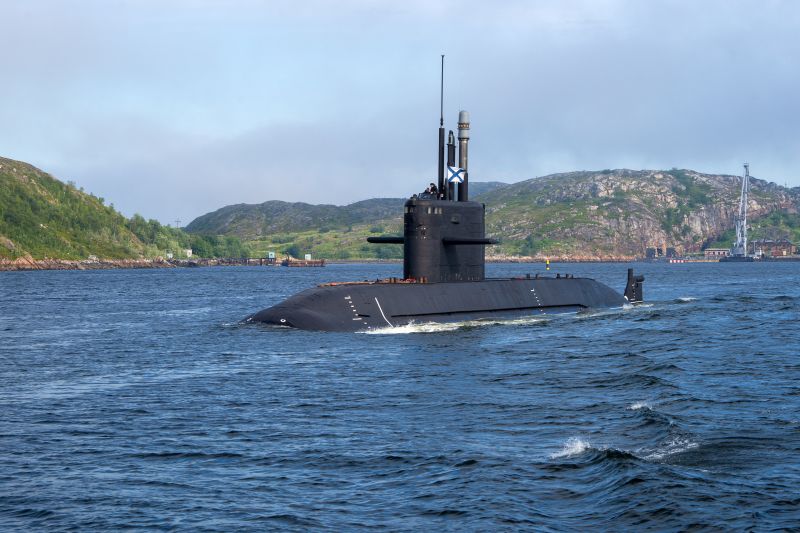P75I- test of SP Model
By Rohit Srivastava

Earlier this month, the Ministry of Defence, on January 21, selected the government-owned Mazagon Dock (MDL) and Indian engineering giant Larsen and Toubro (L&T) as the two contenders for the construction of the second line (Project 75I) of six conventional submarines for Indian Navy.
The two shortlisted shipyards will participate in a competitive bid for the contract. The contenders for the $7 billion contract are Russian Rubin Design Bureau with Amur 1650, French Naval Group with Scorpene 2000, Spanish Navantia with S-80 class, German ThyssenKrupp Marine Systems with HDW 214, and South Korean Daewoo Shipbuilding & Marine Engineering with KSS-III.
Russia is also offering government to government co-design and co-development option.
This is the first out of four Strategic Partnership (SP) Model project to move to Request for Proposal (RFP) stage.
The SP Model, promulgated in 2017, is part of the Defence Procurement Policy 2016, is envisaged to give a major boost to 'Make in India' in Defence Sector. The Strategic partner, through a joint partnership with a foreign manufacturer, is expected to acquire all requisite capability to design and develop next-generation weapon system and also build an industrial eco-system in the country capable of meeting the future requirements of Indian Armed Forces.
The government in a statement announced that “the DAC approved shortlisting of Indian Strategic Partners (SP) and the potential Original Equipment Manufacturers (OEMs) that would collaborate with SPs to construct six conventional submarines in India.”
India at present has two submarine construction lines running, the French Scorpene submarine (P75) line at MDL, and Arihant class nuclear submarine where L&T is playing a significant role.
Both lines have produced three vessels each.
The P75I is designated to have Air Independent Propulsion (AIP) which will allow the vessels to remain submerged for a longer duration than conventional diesel submarines.
To avoid delays and cost overrun of Scorpene project, India, in P75I, is going for competitive fixed price contract. MDL is building Scorpene under cost-plus contract where there are not many avenues to control cost overrun.
Significance of P75I lies in making India self-reliant in the design and construction of cutting edge conventional submarines. In the 30 years life of the project, including construction and maintenance, the SP is expected to absorb the technology from the OEM and establish an ecosystem which can deliver homemade submarines to replace imported boats.
Submarines are complex systems and achieving a high level of indigenisation is difficult. Sources suggest the indigenisation in the P75 is around 30 per cent. In the Arihant class, India has been able to indigenise around 85 per cent of the equipment. Russia is the technology partner in the project.
In the P75I the indigenisation is expected to be over 60 per cent by the sixth boat.
Also, the second line is expected to add around 4000 workers to the SP yard. However, if we consider the entire vendor ecosystem then one can expect another 5000 jobs within the country. Since, the P75I will be undergoing maintenance and mid-life refits at the SP yard, thereby creating sustainable jobs for the next three decades.
In the next step, the government will issue Request for Proposal (RFP) to Indian SP who will submit a techno-commercial proposal to the government. It will be interesting to see the execution of the project. The success of this model will usher a new age of defence industry in India. Whether the SP Model will achieve all its objects or it will become another version of manufacturing of foreign system through ToT? The answer will depend on how all stakeholders interpret the policy. Only time can tell.




